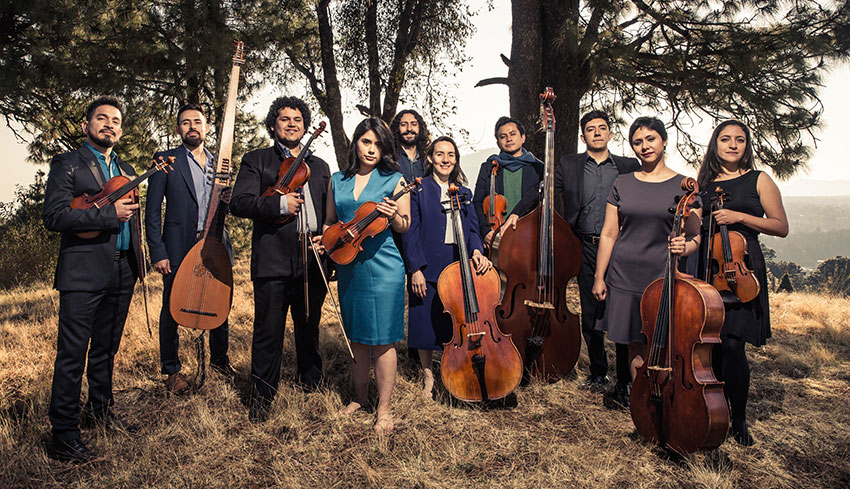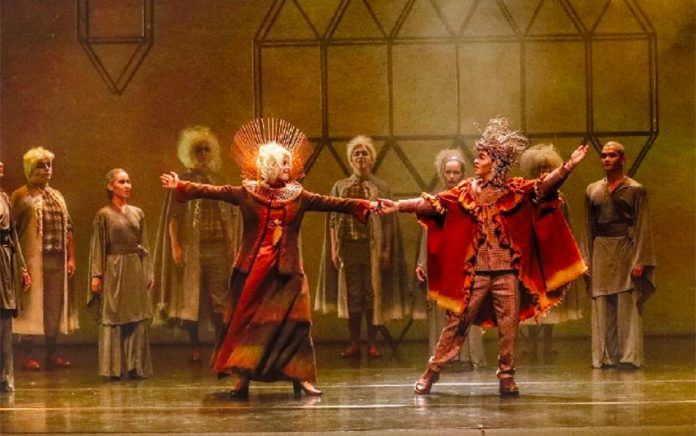Mexico City’s historic center becomes the stage for theater, opera, electronic music, dance, gastronomy and more at the 36th edition of the Festival Centro Histórico, to be held March 19 to April 5.
Shows and other events are spread out over 20 emblematic sites in this centuries-old community, such as the Palace of Fine Arts, the Metropolitan Cathedral, the Esperanza Iris Theater, the Justo Sierra Historic Synagogue and the San Ildefonso College. In addition, free events will be held in public parks and plazas.
This year’s event will honor both the 250th anniversary of the birth of Beethoven and the 350th of Italian Baroque composer Antonio Caldara.
Another musical highlight is the Kuba Wiecek Jazz Trio, headed by saxophonist and composer Wiecek, one of Poland’s best-known young musicians. It’s on March 20 at the Claustro de Sor Juana University.
The most important theatrical event will be a performance of the opera Dido and Aeneas by Henry Purcell. With costumes and choreography inspired by the surrealist work of artists Remedios Varo and Leonora Carrington, it’s at the Esperanza Iris Theater on March 27 and 28.

For children, Haryk, about a dog who does not like to bathe, will be staged by the Ostrava Marionette Theater from the Czech Republic on March 29 at the Centro Cultural España en México.
The Festival del Centro Histórico was founded in 1985, the same year as an earthquake that devastated this part of the city, leaving it blighted for many years. It has been held annually ever since, bringing national and international artists from various performing arts. Past festivals have hosted such artists of renown as Café Tacuba, Manu Chao, Wynton Marsalis, Diego el Cigala, Goran Bregovic, Lila Downs, Yann Tiersen and Gabriel García Márquez.
Festival director Pablo Maya says that “the mission of the festival remains active.” Not only do the historic sites of the city center still need promotion (with many still in disrepair), he adds that “the performing arts have evolved, and the festival along with them.” In particular, the organization looks for acts that have not yet performed in Mexico.
The festival is sponsored by the non-profit Festival del Centro Histórico, A.C., in collaboration with the federal Culture Ministry and the National Institute of Fine Arts and Literature, the Culture Ministry of Mexico City and the National Autonomous University of Mexico. Co-sponsors include the Polish government, the Czech Ministry of Culture, the Spanish Cultural Center in Mexico, the Goethe-Institut and the Italian Institute of Culture. Domestic sponsors include the states of Yucatán, Jalisco and Coahuila, along with Citibanamex.
The full program can be seen at www.festival.org.mx (in Spanish).
The festival has become highly anticipated and events sell out fast. Tickets are available at the festival’s main office at the Hilton Reforma in Mexico City and through Ticketmaster as well as individual venues.
Mexico News Daily
CORRECTION: The number of venues for the festival is 20 and not 36 as indicated in the earlier version of this story.
